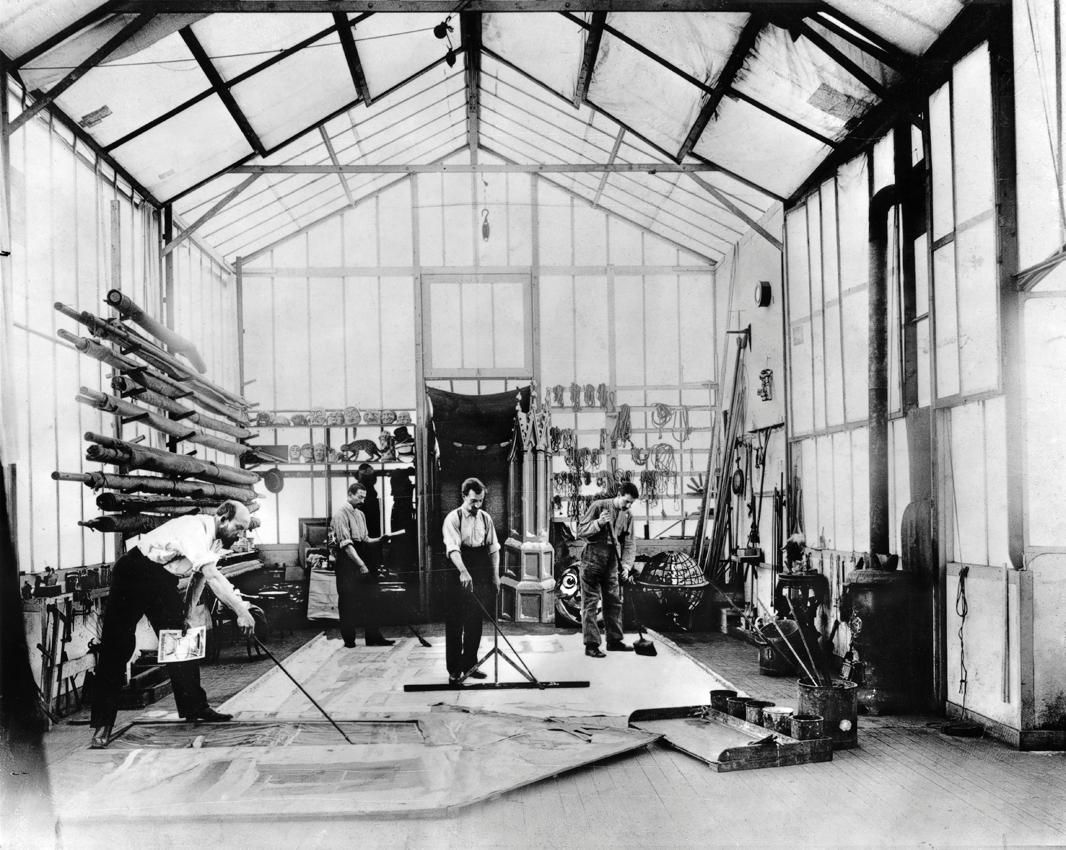Sofia Williner - University of Tampa - COM232
Propaganda Assignment: Visual Literacy Paper 2
For this assignment, I decided to work with a very well-known propaganda poster made during World War I. This iconic piece was created to perceive the viewers and encourage them to join the US army during a hard time for the country. Millions of copies were printed, flying all around the country between 1917 and 1918. The figure we see in the middle is known as “Uncle Sam”, which is a personification of the federal government of the United States. He was “born” in 1813 naming him after Samuel Wilson. Samuel was known for supporting the U.S army by supplying them with barrels of meat.
There are many reasons why this poster is still considered one of the best examples of historic propaganda. The persuasive techniques are the right ones to encourage men to join the army. In the first place, we can see how the figure itself has a very intimidating face. This made the viewer feel like he had to do what he was asking for, giving a sense of superiority and leadership. In the second place, the top hat, evil eyes, pointing finger, and colors make the viewer feel part of something. That something was war, they created the idea of how proud the future soldiers should feel if they joined the war and show support for their country. The colors used in the poster are very important as they represent the colors of the US flag, another technique to make the viewer feel part of the movement for their country.
Last but not least, the author of this historic poster was James Montgomery Flagg, born in New York in 1877. He was recognized as a highly known designer, having the peak of his carrier by being the highest paid magazine illustrator in all America. He started his illustrations at the age of 12 and without stopping he ended up created one of the most known posters of all time.
All in all we can conclude saying that this poster marked history in many ways. I believe even though many people might not know the history behind the poster, they have seen it before. The propaganda techniques we're totally thought by, not leaving space for doubts at all. As the message was very clear, this poster changed the recruitment number and encouraged patriotism all around America.

























